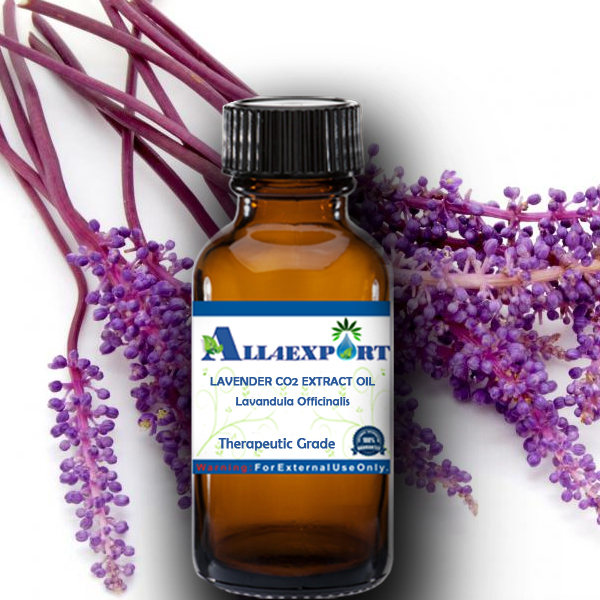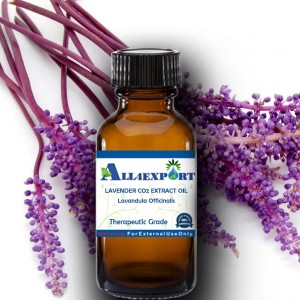| LAVENDER CO2 EXTRACT OIL |
Botanical Name | : | Lavandula Officinalis | Country of Origin | : | N/A | Solubility | : | Soluble in alcohol, insoluble in water | Specific Gravity | : | 0.87700 - 0.89200 @ 25.00 °C | Optical Rotation | : | (-8°) - (+2°) @ 20°C | Refrective Index | : | 1.45700 - 1.46400 @ 20.00 °C | Plant Part | : | Flowers | Bland With | : | Cedarwood, clary sage, geranium, pine, nutmeg and all the citrus oils. | CAS No | : | 8000-28-0 | Flash Point | : | 182.00 °F | Extraction Method | : | Supercritical CO2 Extraction |
|
Description : The lavender oil is extracted from Lavandula angustifolia of the Lamiaceae family. It is also known as garden, common or English lavender. The CO2 extraction process ensures that we are able to offer only the best quality of lavender oil.
|
Constituents : a-pinene, limonene, 1,8-cineole, cis-ocimene, trans-ocimene, 3-octanone, camphor, linalool, linalyl acetate, caryophyllene, terpinen-4-ol and lavendulyl acetate. |
Uses : Lavender oil is used to help relieve pain from headaches, sprains, toothaches, and sores. It can also be used to prevent hair loss.
|
Benefit : Lavender oil has its powerful healing, purifying, and soothing properties. Lavender Oil is often used to help recover from burns. It's properties include antiseptic, antibacterial, relaxing, calming, rejuvenating, soothing. Dilute in a carrier oil before skin application. |
Caution Note: Co2 Extract oils is a powerful irritant, and even in minute quantities produces an intense burning sensation when it comes in contact with the eyes and tender parts of the skin.
All of the information and opinions that are provided on this web site are for informational and educational purposes only. This information is not intended to replace medical advice given by a medical practitioner. Anyone considering alternative therapies should consult with their medical professional before using an alternative method of healing. We do not give nor is any opinion on our web site medical advice.
|



